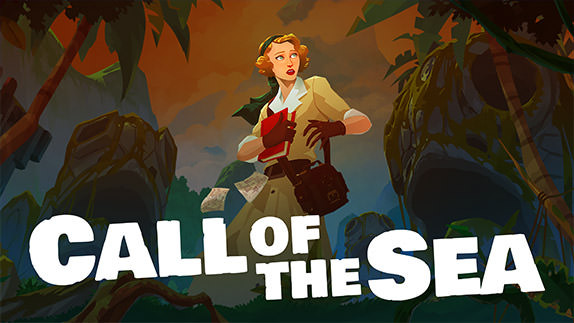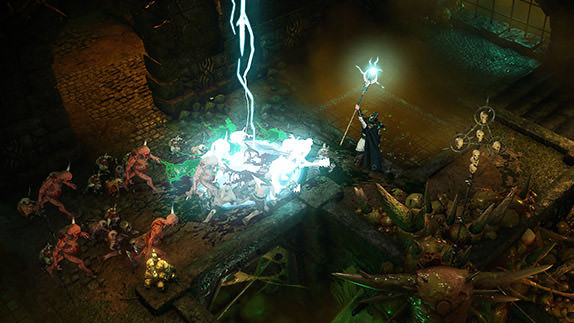The Bridge Review

 By Kevin Mitchell | Posted: August 30, 2015
By Kevin Mitchell | Posted: August 30, 2015
There aren't many games that take me by surprise, and yet The Bridge, a logic-based puzzle game focusing on both physics and perspective, has impressed me on multiple fronts. From the moment you awaken the slow-moving protagonist from under the gnarled apple tree, I couldn't help but work through and complete all four initial chapters in a single sitting. The Bridge features mirrored versions of each of the 24 main story puzzles, adding new challenges to even the simplest of solutions.
The hand-drawn grayscale visuals reinforce the M.C. Escher-esque world in The Bridge. Each puzzle resides behind a closed door, opening your imagination to bizarre perspectives and pencil illustrations come to life. The single-screen puzzles task you with rotating the world clockwise or counterclockwise to help the protagonist reach the exit. As you progress, the puzzles gradually become more complex. Doors may require a key (or keys), gravitational vortexes trap you, and even Newton's Law of Gravity works against you.
As you progress through the chapters, you are introduced to new mechanics that are reused in later chapters. Instead of relying on tutorials or on-screen prompts, The Bridge allows players to experience these mechanics firsthand. Although you are capable of resetting puzzles, you'll want to make use of the rewind functionality. Find yourself floating uncontrollably away, come face-to-face with a menacing ball, or helplessly watch a required key drifting out of reach and the game will pause, allowing you to rewind as far back as you desire. You don't lose anything for rewinding (or dying); however, upon death, pencil smudges are drawn into the background, forever marking your failure.
The initial chapter in The Bridge can be completed rather quickly, as the puzzles generally focus on a single conundrum at a time - be it finding the key or avoiding a menacing ball of death. The difficulty spikes midway through Chapter 2, and without an in-game hint system, you may be forced to rely on a trial-and-error approach. Occasionally you'll come across puzzles requiring precise timing instead of using logic, making use of the rewind functionality until you get it right. Thankfully, the puzzles still provide a challenge and are vastly unique. It won't be long before you complete the first set of 24 puzzles and begin the descent into the hellish mirrored nightmare.
Seemingly innocent and simple puzzles become vile and rage-inducing in mirrored mode; and I'm only talking about Chapter 1. One puzzle has you rotating the world to swing a key around a bend, but the mirrored version changes the direction of gravity, making it nigh impossible to complete the puzzle using the same tactics. These puzzles become much more complex, delivering a truly thought-provoking experience.
Simply Put
The console (and Vita) release of The Bridge doesn't bring anything new to the table from the original 2013 PC release (considering it already had controller support). Those who skipped the PC release (like myself) will be treated to one of the most surreal puzzle games released in recent memory. Depending on your aptitude for logic-based puzzles, you may breeze through the game or spend ample time rewinding and resetting puzzles. The simplistic control scheme and slow pacing helps to make the game casual-friendly.
Note: The Bridge was reviewed on Xbox One. A digital copy of the game was provided by the publisher/developer.




